Jarosław
Borough of Jarosław, Jarosławski District, Podkarpackie VoivodshipType of place
Jewish cemetery in Jarosław.Information about the crime
The Register of Killing Sites and Crimes for the former przemyskie province records only one execution of Jews in Jarosław:
In 1940, Gestapo officers murdered two Jewish families (5 people in total) on a road near Jarosław. Apprently two members from the Jankiel family, age 21 and 23, and three people from the Szal family aged 25, 28 and 54 were murdered. The victims came from Mirocin in Przeworsk district. There is no information about the place of the burial.
Already in the first weeks of the war, the number of the Jewish community in Jarosław significantly decreased since some of the inhabitants, with the consent of the Germans, crossed the San river to the Soviet occupation zone. A survivor, Aleksander Lubasz, recalls it: “Before the war, between 5,000 and 7,000 Jews lived in Jarosław. […] The San river divides the city into two parts. One part of the old town on one side of the San remained under German rule, and the other part was handed over to the Soviet Union. […] After a few days [the Germans] ordered all Jews to leave the town within three days. Before that, they were ordered to gather in the stadium. The Germans led the Jews under escort from there to the San River. On the other side, in the suburbs of Jarosław, the Germans let the Jews go and said: “Go to your comrades”. Interestingly, on the handrails of the bridge it was written in chalk: “direction to Palestine”. […] The deportation of Jews from Jarosław lasted three weeks. I left with the last transport. It was after Sukkot in 1939. Jarosław became Judenrein as early as 1939. (301/3304 AŻIH)
In the years 1939-44 in Jarosław, in the Benedictine monastery [the seat of the Gestapo], the Germans shot 3,000 Polish and Jewish prisoners of unknown identity. The bodies were buried at the place of execution in the monastery garden, near the so-called port tower. In February and March 1944, in order to cover up the traces of the crime, the Germans exhumed the bodies and took them to Konieczkowa to be burnt. (IPN BU 2448/852)
In the resources of the Historical Monuments Documentation Department of the Jewish Historical Institute there is a newspaper clipping dated 2011, informing that “several dozen unmarked graves and a mass grave of 36 people of Jewish nationality have been preserved at the cemetery [in Jarosław].” (Skarby nr 2(27)/2011)
Commemoration
The place of the grave was marked with a wooden matzevah in 2020 as part of the project “Reference points – marking 24 Jewish war graves with wooden matzevot”. The project is an attempt to find a way of marking these sites before they can be commemorated. Marking forgotten Jewish war graves with wooden matzevot is a subtle intervention in the landscape reminding about what remains invisible, yet present in the memory of local communities. Being only a temporary commemoration, wooden matzevot invite local communities to discuss and take action, to discover the places, and perhaps to start their own memory practice related to them or to initiate a permanent commemoration.
You can read more about the project here: https://tinyurl.com/2p9ar52f
The project was implemented thanks to the funding from The Association of the Jewish Historical Institute of Poland (Stowarzyszenie Żydowski Instytut Historyczny) and The Matzevah Foundation.
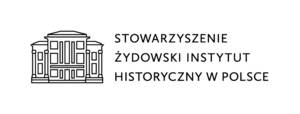

IDENTIFICATION OF THE GRAVE BASED ON NON INVASIVE RESEARCH
- Location
On June 1, 20 a representative of The Rabbinical Commission for Cemeteries and the Zapomniane Foundation carried out a site inspection at the Jewish cemetery in Jarosław in order to locate the mass grave of 36 victims, brought here from Wólka Pełkińska in August 1943. During the inspection, the place of the mass grave has been precisely indicated (GPS: N50 ° 02.677’E022 ° 38.439′) in accordance with the report of witnesses and the description of the location. This place is characterized by a clearly visible depression with an approximate format: length 4.0 – 5.0 m, width 1.0-1.5 m. There are two large trees planted there in order to mark the place of the mass grave in a natural way. In addition, the descendants commemorated one of the victims buried in the mass grave, Chaja Brenner, probably murdered on August 12, 1943 in Wólka Pełkińska and buried in the cemetery in Jarosław.
- Photo of Chaja Brenner’s tombstone
In the photograph of Chaja Brenner’s tombstone (date unknown), just behind the tombstone, there are clearly visible disturbances in the soil in the form of a sinkhole, as well as a small heap of soil, probably coming from the burial site (Appendix No. 3 – arrow 1). In the background, the western border of the cemetery is clearly visible (Appendix No. 3 – arrow 2). The last plan shows an arable field and probably a dirt road (Annex No. 3 – arrow 3).
- Topographical relief (LiDAR)
The relief image confirms numerous ground disturbances in this location. The topography of the cemetery area shows the places containing the tombstones, and the boundaries of the cemetery plots are also clearly visible. The mass grave is located in the north-west part of the cemetery, where there are much fewer tombstones and other elements hindering the excavation. Since the cemetery is located on a hill, which makes it difficult to reach the place of mass burial, we can assume that in the case of murdering the victims outside the cemetery, a different way of transporting the bodies was used. A dirt road leading to arable fields is visible from the west side of the cemetery, perhaps the victims were brought here this way.
- GPR research
In the place indicated as the mass grave, research was carried out with the use of a MALA GeoScience GPR – RAMAC X3M 500MHz. Four profiles along the depression length axis were made, named JAR10002 – JAR10005, and three profiles along the depression width axis, named JAR20001 – JAR20003. The aim of the research was to collect and interpret data in terms of estimating the dimensions of anomalies in the indicated area. The approximate dimensions of the larger anomalies recorded during the research are given below in the table (the complete version of the report is available for download) for the JAR1 and JAR2 profiles. Anomalies originating from the roots of trees growing in this location were taken into account during the interpretation. The values given in the anomaly table are approximate.
- Archival aerial photography
Aerial photography for this area wasn’t ordered. The aerial photography attached to the materials (probably dated 1944-45) was provided thanks to the courtesy of a private person and served only as illustrative material.
The photo clearly shows the boundaries of the cemetery, as well as individual quarters in the western part. In the indicated place, a very clear disturbance of the soil in the form of a longitudinal strip on the north-south axis is visible. In addition, smaller point violations are visible in the vast quarter bordering the field on the western border of the cemetery.
An aerial photography query for this area will be conducted in 2022.
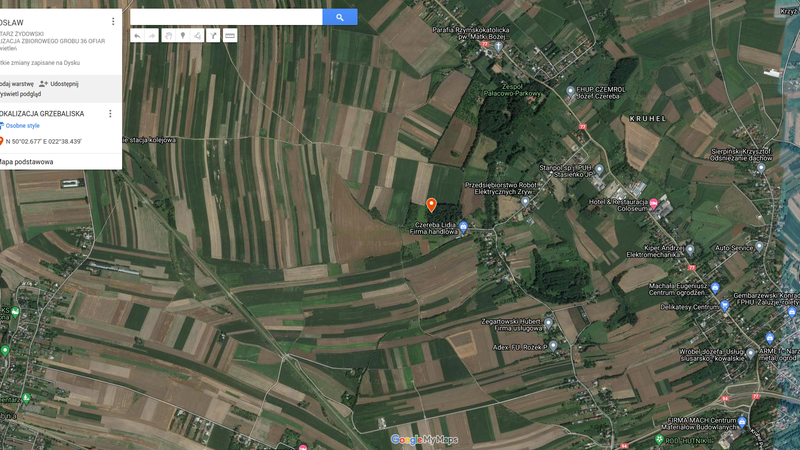 Fotografia satelitarna 1a - Jarosław
Fotografia satelitarna 1a - Jarosław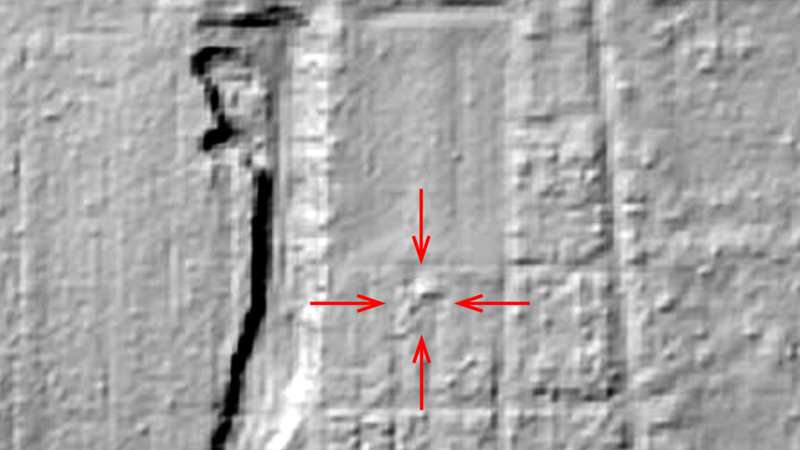 LiDAR 1 - Jarosław
LiDAR 1 - Jarosław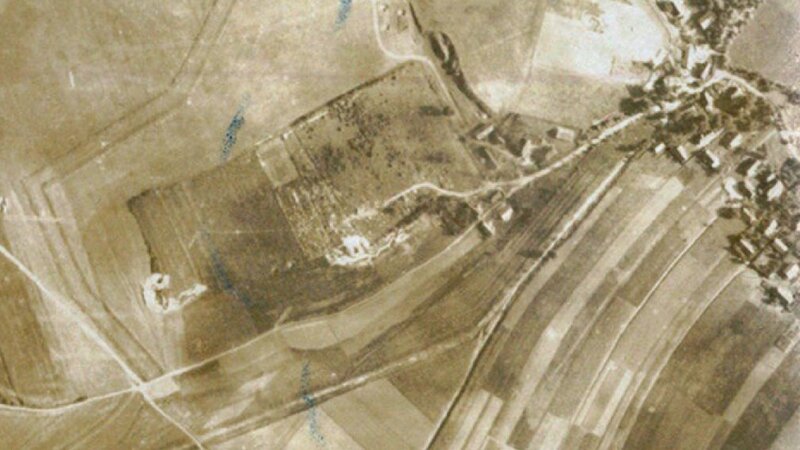 Fotografia lotnicza 1a - Jarosław
Fotografia lotnicza 1a - Jarosław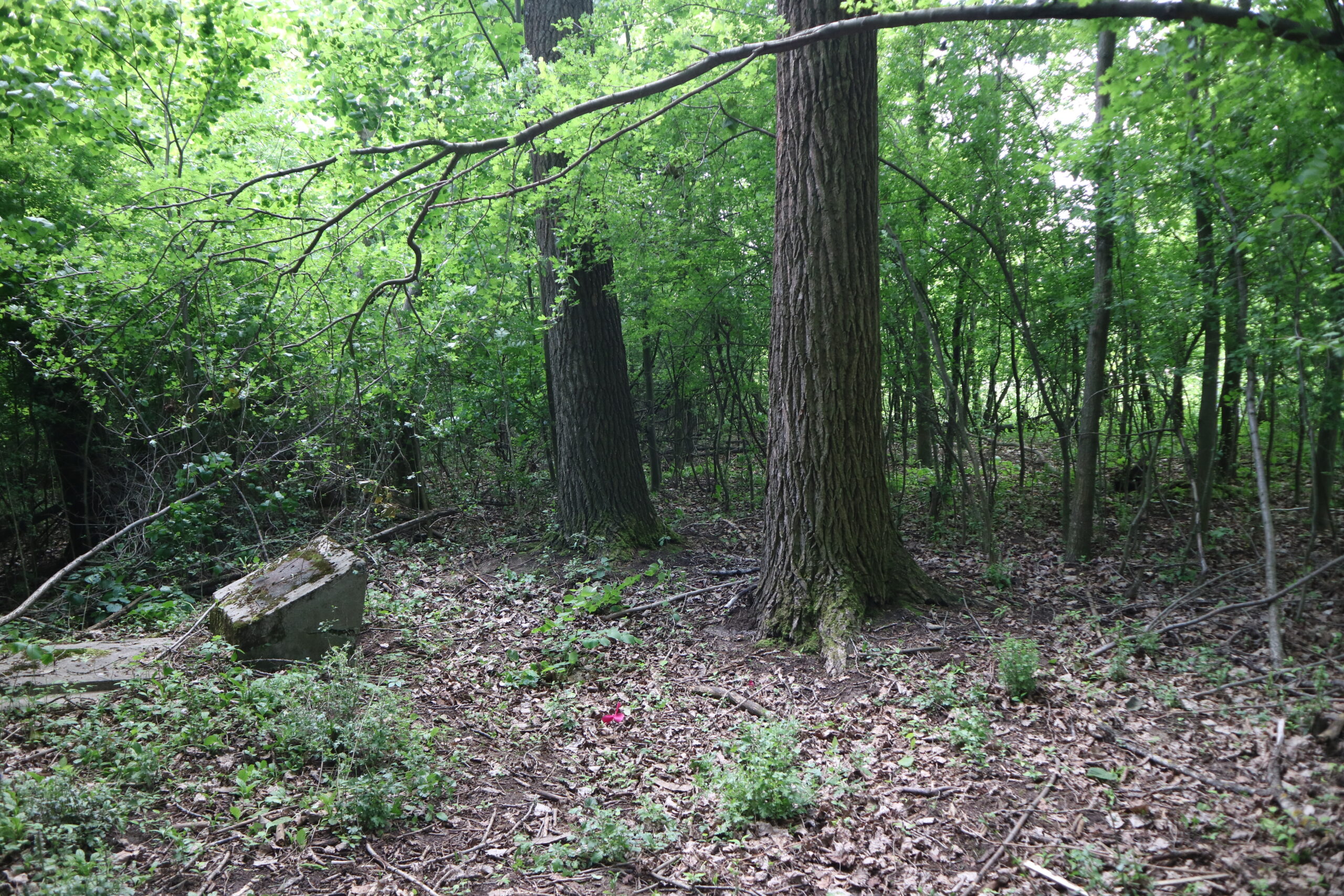 Fotografia 1 lokalizacji - Jarosław
Fotografia 1 lokalizacji - JarosławSources
Transkrypcje
Contact and cooperation
We are still looking for information on the identity of the victims and the location of Jewish graves in Jarosław. If you know something more, write to us at the following address: fundacjazapomniane@gmail.com.
Bibliography
IPN BU 2448/852, part 1, pages 1, 2, 4, 5, 8, 9, 13, 14
IPN BU 2448/852, part 2, pages 1, 2, 3, 6, 7
IPN BU 2448/852, part 3, pages 1, 2, 3
301/3304 AŻIH Testimony of Aleksander Lubasza
Skarby No. 2 (27)/2011 ŻIH
Recording of the Zapomniane Foundation (audio), name: Roland S. resident of Jarosław, subject and keywords: Jewish graves in Jarosław, interviewed by Aleksander Schwarz, Jarosław, June 1, 2020
We have collected the materials about this village thanks to the funding provided by the International Holocaust Remembrance Alliance as part of the project “The rural Holocaust. Collecting and safeguarding the never recorded testimonies 100 forgotten Jewish graves 2021-2022” and also thanks to the support of the Embassy of the Federal Republic of Germany in Warsaw.
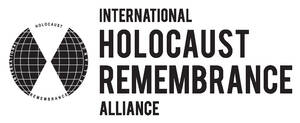
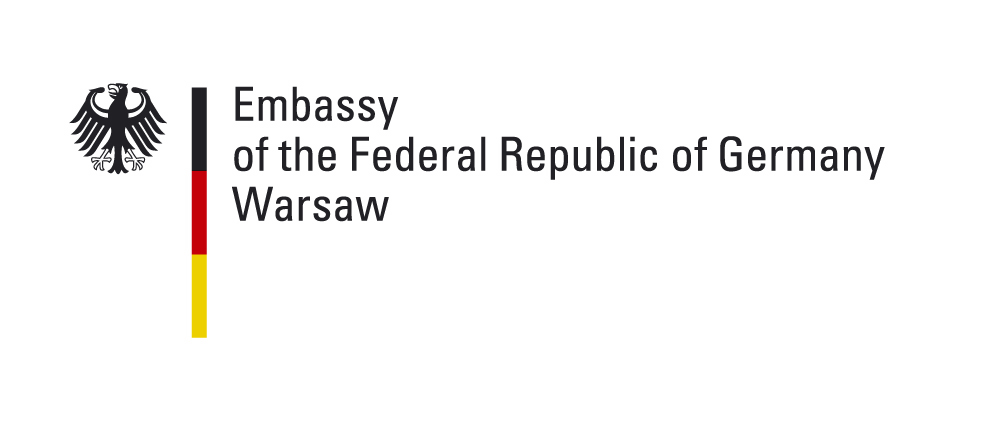
 Ankiety Głównej Komisji Badania Zbrodni Hitlerowskich - Jarosław
Ankiety Głównej Komisji Badania Zbrodni Hitlerowskich - Jarosław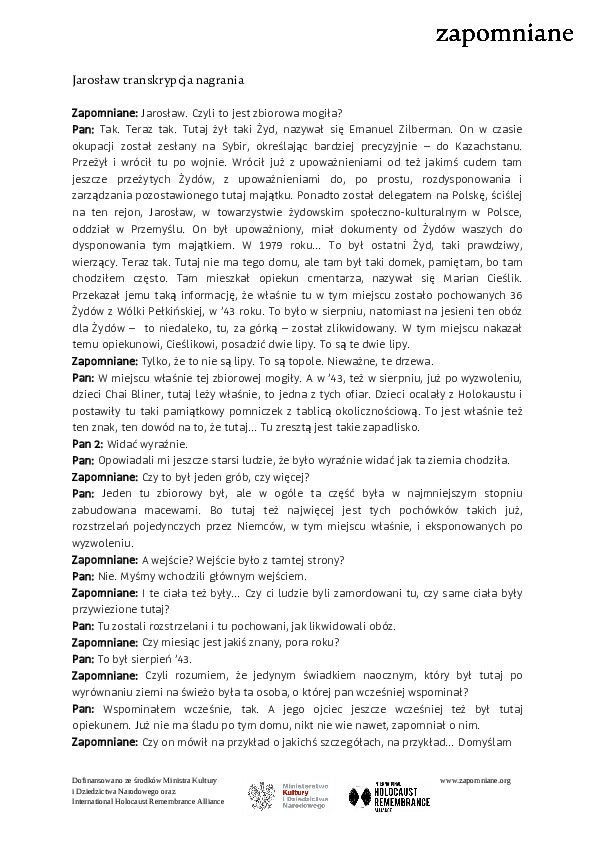 Jarosław transkrypcja nagrania
Jarosław transkrypcja nagrania